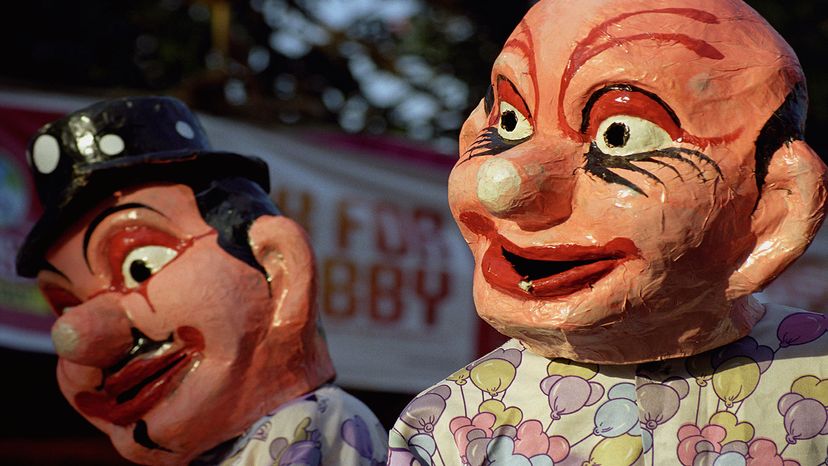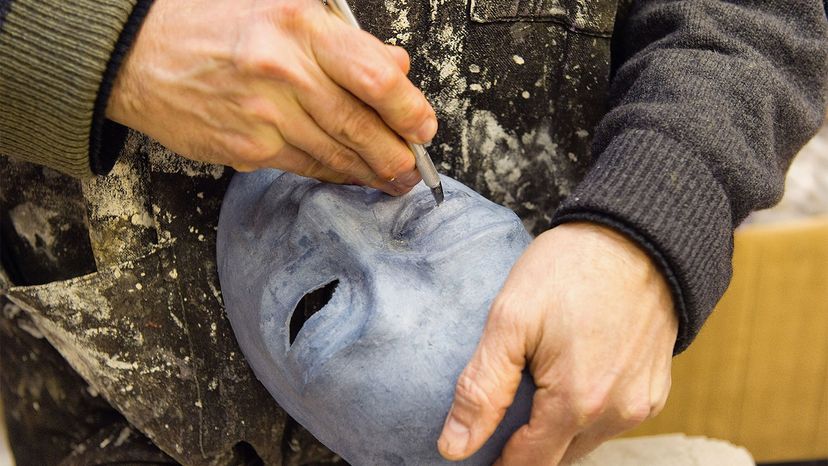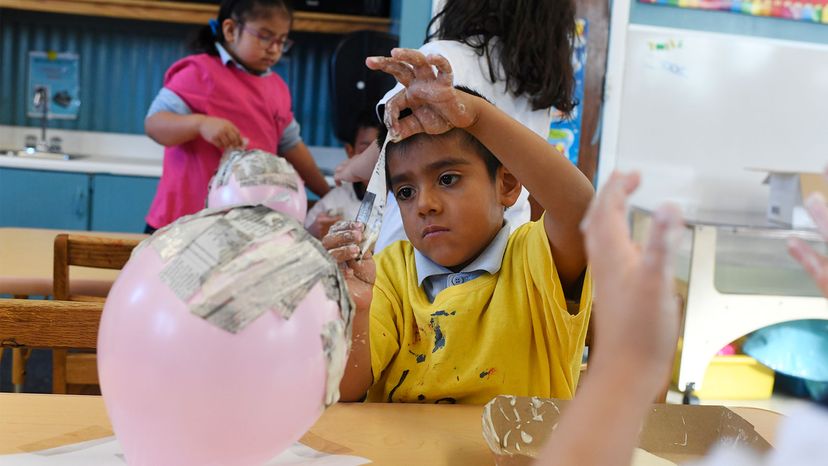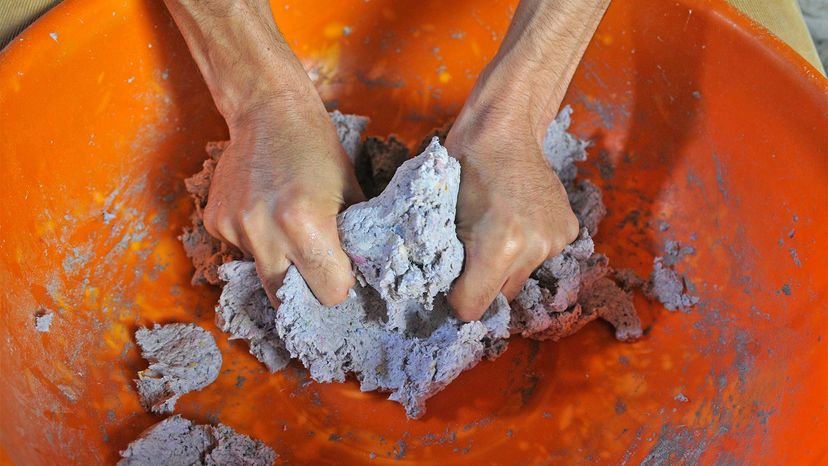\”

Most of us have done a paper-mache project at least once, mixing paper with glue and water, in school. Paper-mache is a common crafting technique used to make sturdy molds like masks, bowls, piñatas and other fabulous creations using paper. Paper-mache translates to "chewed paper" in French. It can be made into different shapes with any paper available, creating durable yet lightweight sculptures.
The History of Paper-mache
The sculpting technique of paper-mache dates back to the invention of paper in China, where they created helmets out of paper-mache for soldiers to wear into battle. Later, Egyptians used paper-mache, mainly papyrus, to create artifacts like ceremonial masks for funerals. You wouldn\’t know it from looking at it, but paper-mache is quite strong and durable. One of the oldest surviving paper-mache artifacts is a coffin for a falcon from ancient Persia.
Following the 17th century, paper-mache was used to create less expensive ornamental details on furniture, toys, dolls and more. It was often referred to as "paper stucco" and was used to make frames and ceiling ornaments in architecture. In Japan, paper-mache items were usually covered with a glossy back coating and decorated with gold — often seen in museums and temples nowadays.
After the 20th century, paper-mache was reclaimed by artists and craftspeople alike. You can see the technique used to make colorful piñatas for parties and school crafts and art pieces can be found in the world\’s most prestigious museums.


Paper-mache as Sustainable Art
"During the pandemic, we\’ve accumulated a lot more cardboard boxes around the house than we\’re used to," says Tatiana Bell, an artist and designer in Atlanta, Georgia, in an email interview. "I was attracted to the sustainability of paper-mache, as it lets me use materials I have around the house that would be thrown away otherwise."
You can explore the versatility of paper-mache by adding steel, wire mesh and bamboo to create a framework before adding the paper-mache. Other artists use dye, pigment, dirt, flour, concrete and more to add textures and color to their projects, according to Bell.
"I started collecting paper a few years ago when I worked at a museum. I started exploring other uses of paper: cutting the paper, weaving it into new shapes, creating window installations and even making recycled handmade paper," Bell says.
That three-dimensional capability is what captured Bell\’s attention after painting and drawing for years. "Paper-mache has been my most three-dimensional approach thus far. It\’s not only a great tool for exploration and expression, but also a sustainable tool by requiring the reuse of paper and resulting in beautiful, functional creations," Bell shares.


How to Make a Paper-mache Bowl
Check out this recipe for making a beautiful bowl inspired by this Spruce Crafts project. You\’ll need:
- A bowl
- White glue
- Paintbrush
- Newspaper
- Petroleum jelly
- Balloon
- Blow up the balloon until the bottom half is the size you want your bowl to be. Tie it off.
- Combine equal parts glue and water in the bowl. You don\’t want this mixture to be too thick since you\’ll need to spread it over the newspaper strips quickly. Add more water if it seems too thick.
- Cut your newspaper strips between 3 to 5 inches (8 to 13 centimeters) long. Cut many at a time since your hands will be sticky once you start.
- Add a thin layer of petroleum jelly to the surface of the balloon. This will prevent the balloon from sticking to your paper-mache bowl.
- Dip one newspaper strip at a time into the glue and water mixture in the bowl. Once covered in the mixture, remove the excess, and apply it to the balloon.
- Cover the bottom half of the ballon in the shape of a bowl by applying the newspaper strips in different directions. Wait for the first layer to dry and use at least two more layers, waiting for each one to dry in between to prevent mold.
- Pop the balloon once the three layers are completely dry. Cut the edges to make it a little nicer. Pick your color and get to decorating your new paper-mache bowl.
How to Make a Paper-mache Sculpture
Paper-mache\’s allure is its simplicity. You can use the same idea as in the recipe above, but make a form or mold of cardboard and tape (think a planter, jewelry box or piñata). Then cut small newspaper strips, and, one at a time, place them on the form and brush a simple mix of equal parts white glue and water.
If you don\’t want to use cardboard for your mold, you can use balloons or chicken wire. If you don\’t want to use strips of paper, make some paper pulp by soaking the paper overnight in water or using a cooked paste recipe if you want more sculpting freedom.


Bell says that paper-mache\’s versatility is what makes it easy to work with. Here are three more tips for future paper-mache projects.
- Think sustainability. Save paper and cardboard scraps with potential paper-mache projects in mind.
- Experiment. Paper-mache gives unlimited possibilities to the shapes you can create and the materials and recipes you can use.
- Start simple. Start small and simple with materials found around your home. Tackle some bigger projects once you\’ve found the process that works best for you.
Now That\’s Interesting
Did you know that the Han Dynasty in China was the first to use paper-mache to make warrior helmets and artifacts? This technique flourished shortly after they made paper for the first time, back in 202 B.C.E.

